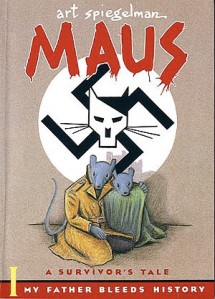Readers Blog #6 Batchelder Award (1979)
Part I.
Bibliographic Information:
Steiner, Jorg. (1978), Rabbit Island
Switzerland: Die Kaninchenimsel
Translation by Ann Conrad Lammer
Genre: Childrens Fantasy
Suggested Age: 8-12
Grade Level: 3-6
Part II.
Response:
My prediction was that it would be more told through its pictures, but it was a well balanced book with literatur and illustration. The Illustration was very well done and helped tell the story through out the book. The words flowed very well and the translator seems to have done a good job with the wording. Some of the that could be used is why was Grey Rabbit always lying. What was the Grey Rabbit afraid of?
Part III.
Critique:
This book was very well done. You can realize the plot of the story in the beginning of the book. The main theme of the book was not telling lies and to not follow others. The Grey Rabbit kept telling lies and having to suffer the consequences for telling those lies and looking like a fool. This story was basically about 2 rabbits in a plant trying to escape. One rabbits realized he made a mistake by leaving the plant and deciding to go back. While the other rabbit realizing they’d rather be free then to be stuck in a plant.
Part IV.
Lesson Plan:
Standards
2.2 Ask questions and support answers by connecting prior knowledge with literal information found in, and inferred from, the text.
- Have students write about and discuss in class about lying and why they think its bad and relate it to the story.
1.2 Connect and relate prior experiences, insights, and ideas to those of a speaker.
- Connect with the students see if they ever tried to copy or to follow someone, and it wasnt what they like but went along with it and relate it to the book.

